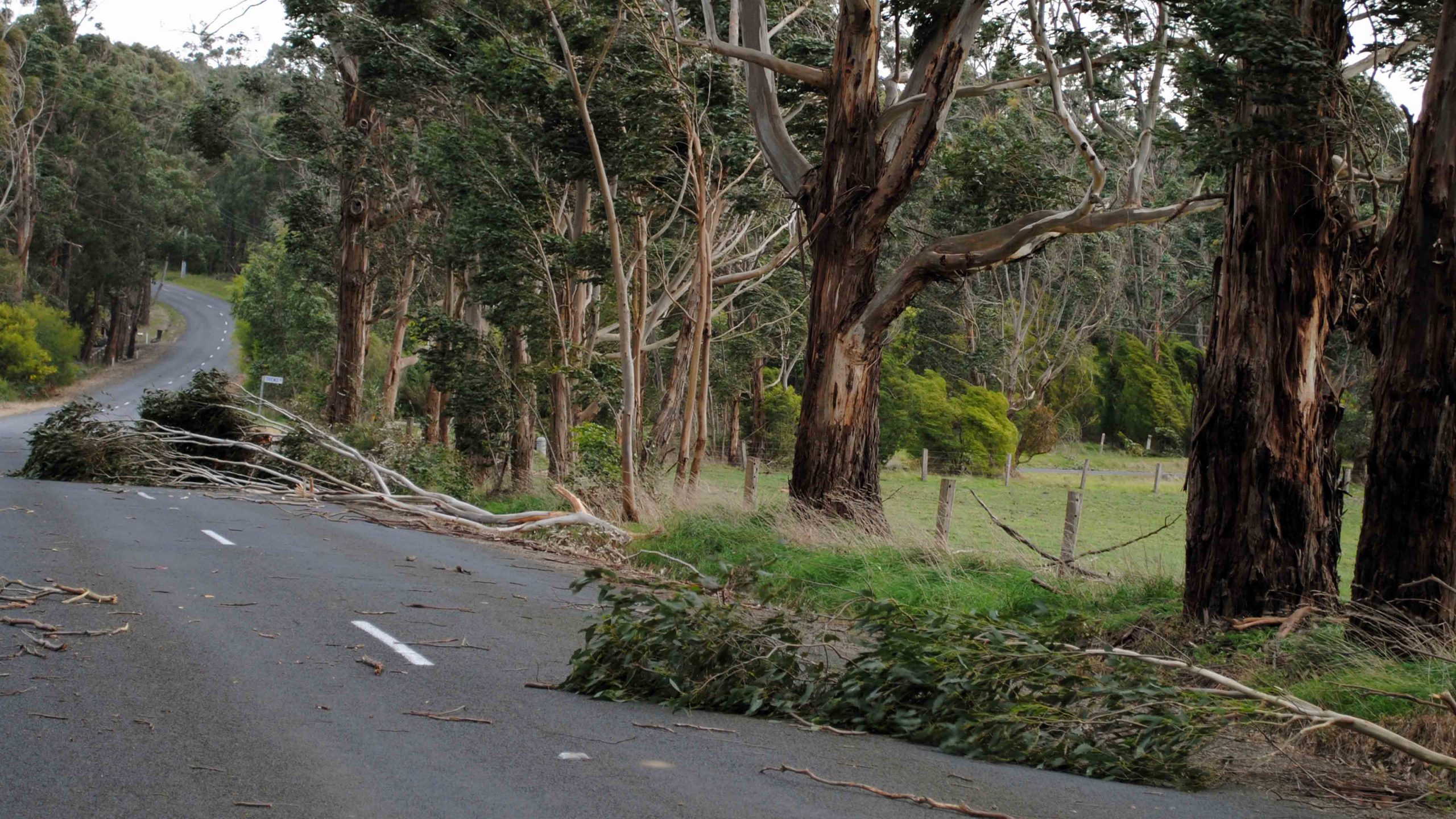Gippsland industry leaders have called on the state and federal governments to urgently investigate building a new low-emissions brown coal power station in the Latrobe Valley.
The push comes in a report by Committee for Gippsland’s chief executive Mary Aldred, former Loy Yang A chief executive Ian Nethercote and the Minerals Council of Australia’s Patrick Gibbons following a trip the group took to Germany earlier this year.
The report states that such a plant would deliver lower power prices, ensure reliable electricity supplies and help lower Australia’s greenhouse emissions.
It says the investigation should include “addressing issues of how best to attract the required investment”.
The report cites as examples power stations in Germany, where the newest brown coal plant, built five years ago, provides cheap, reliable power and has carbon dioxide emissions 25
Germany’s latest proposed power station offers CO2 emissions 35-40
The Committee for Gippsland represents employers and community groups in the region.
The report
The report’s key elements include:
A new plant would provide base load power to help replace the likely 8000 megawatts (MW) of base load likely to be lost in Australia between now and 2030.
It would lower energy costs, now amongst the highest in the world, for households and business. Since the Hazelwood power station closed, wholesale electricity prices have risen almost 200
Locating a new power station near existing power infrastructure would cut costs by
Financing such a big project requires potentially using government finance, as occurs for other power generation technologies.
A new coal plant, with government support and major project status, could be built in five to six years.
Latrobe Valley brown coal is a good option given the price and supply challenges facing gas in eastern Australia.
The report argues that without new cheap, reliable
This is particularly so in Gippsland, where trade-exposed businesses are threatened by rising energy prices.
The report specifically cites Germany, the world’s largest producer of lignite (brown coal). There, RWE Power’s 2200 MW Neurath power plant west of Cologne is the most efficient brown coal power station in the world.
Neurath, a USC plant, has an efficiency of more than 43
The International Energy Agency estimated that the economic benefit during the construction phase (2006-12) was about $7 billion, with 7000 full-time jobs.
Once operating, the economic benefits in 2013 were estimated at $141 million in wages and $109 million on broader economic benefits.
The report says RWE has a new 1100 MW power station in the
The BOA Plus station, with A-USC technology combined with an integrated
It would also be ready to use carbon capture and storage.
The CO2 emissions would represent a 35-40
The report concludes by
“It would assist in addressing economic, employment












